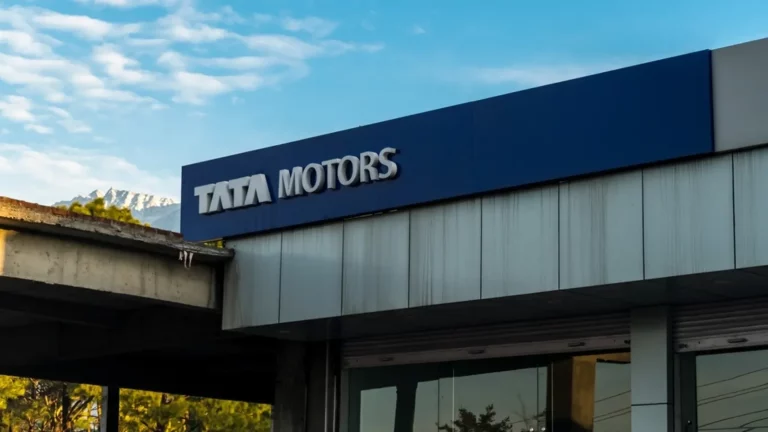HAL’s Soaring Q4 Results Show India’s Defense Dreams Taking Flight
Hindustan Aeronautics Limited (HAL), the backbone of India’s defense manufacturing, wrapped up the final quarter of FY2025 with numbers that are turning heads—and for good reason. With a net profit that more than tripled and a pipeline of work that stretches years into the future, HAL’s latest results tell a story of momentum, ambition, and a new chapter in India’s aerospace journey.
Profit Takes Off—More Than Tripling Year-Over-Year
In the final quarter ending March 2025, HAL posted a stunning ₹4,292 crore in consolidated net profit. Just a year ago, that figure was around ₹1,433 crore. This dramatic jump isn’t just about accounting—it’s a reflection of major deliveries, big defense contracts, and a clear boost in operational efficiency.
Revenue from operations during the quarter reached ₹14,769 crore, also significantly higher than previous quarters. This revenue wasn’t just from aircraft sales—it included spares, overhauls, engines, and other complex defense-related services.

Orders Pour In: HAL’s Biggest Boost Yet
While the numbers are impressive, what’s caught everyone’s attention is the size of HAL’s order book. As of the end of FY25, the company has confirmed orders worth a jaw-dropping ₹1.9 lakh crore. That figure isn’t just large—it’s historic.
The highlight? A mega ₹62,700 crore order from the Indian Ministry of Defence for 156 Light Combat Helicopters (LCHs). These indigenously developed helicopters are expected to play a critical role in bolstering India’s combat readiness, especially in high-altitude regions like Ladakh and the Northeast.
According to sources familiar with the deal, production will be spread across HAL’s Bengaluru and Nashik facilities and is expected to create thousands of direct and indirect jobs in the coming years.
Engine Deliveries and What They Mean for Tejas
Another major milestone for HAL came in March, when it received the first batch of 99 F404-IN20 engines from GE Aerospace. These high-powered engines will be used in the Tejas Mk 1A fighter jets—India’s ambitious indigenous fighter program.
HAL already has orders for 83 of these Tejas Mk 1A jets, and the engine deliveries mean that full-scale production can begin. For a country looking to reduce reliance on foreign military hardware, this is a major step forward.
Investors React to HAL’s Performance
In the stock market, HAL’s performance hasn’t gone unnoticed. Shares have risen nearly 5% this month alone, and over 12% since the start of the year. While defense stocks often move cautiously, HAL’s consistent delivery of high-value contracts and steady execution has won over investors and analysts alike.
More importantly, there’s growing confidence that HAL isn’t just riding a short-term wave—it’s building long-term capability that will keep it relevant and in demand for years to come.
What’s Next for HAL?
HAL has scheduled an investor meeting for May 16, where it will lay out more details about its fourth-quarter results and its future roadmap. Industry watchers expect updates on export plans, newer aircraft prototypes, and strategic collaborations with global aerospace firms.
For now, one thing is clear: HAL has entered a new phase. From being a reliable but often overlooked government entity, the company is rapidly transforming into a powerhouse at the center of India’s defense modernization.
As the world grows more unpredictable and countries focus more on self-reliance in defense, HAL’s rise couldn’t be more timely. Behind the big numbers are years of preparation, engineering, and silent effort—and now, the results are finally speaking for themselves.







